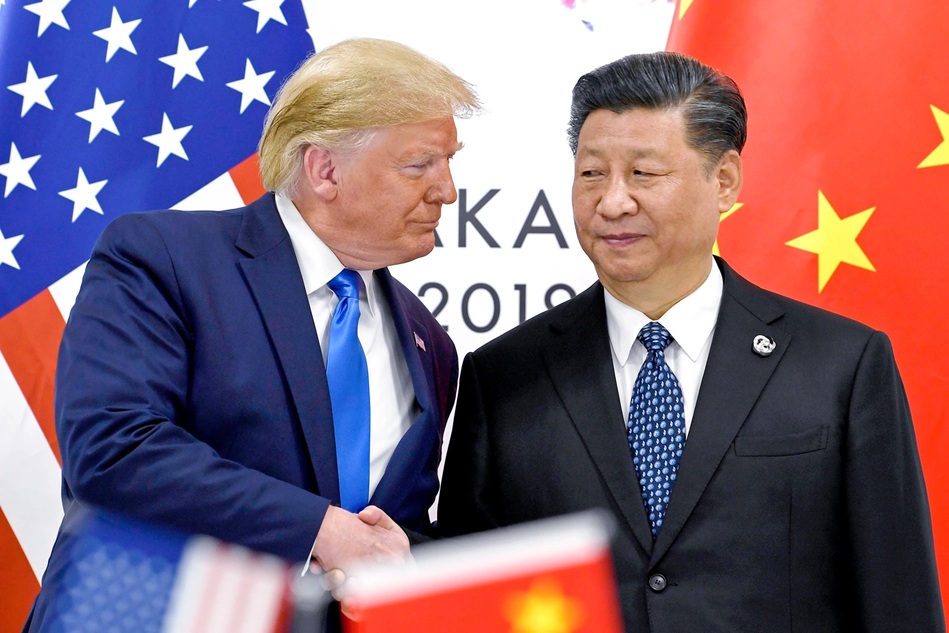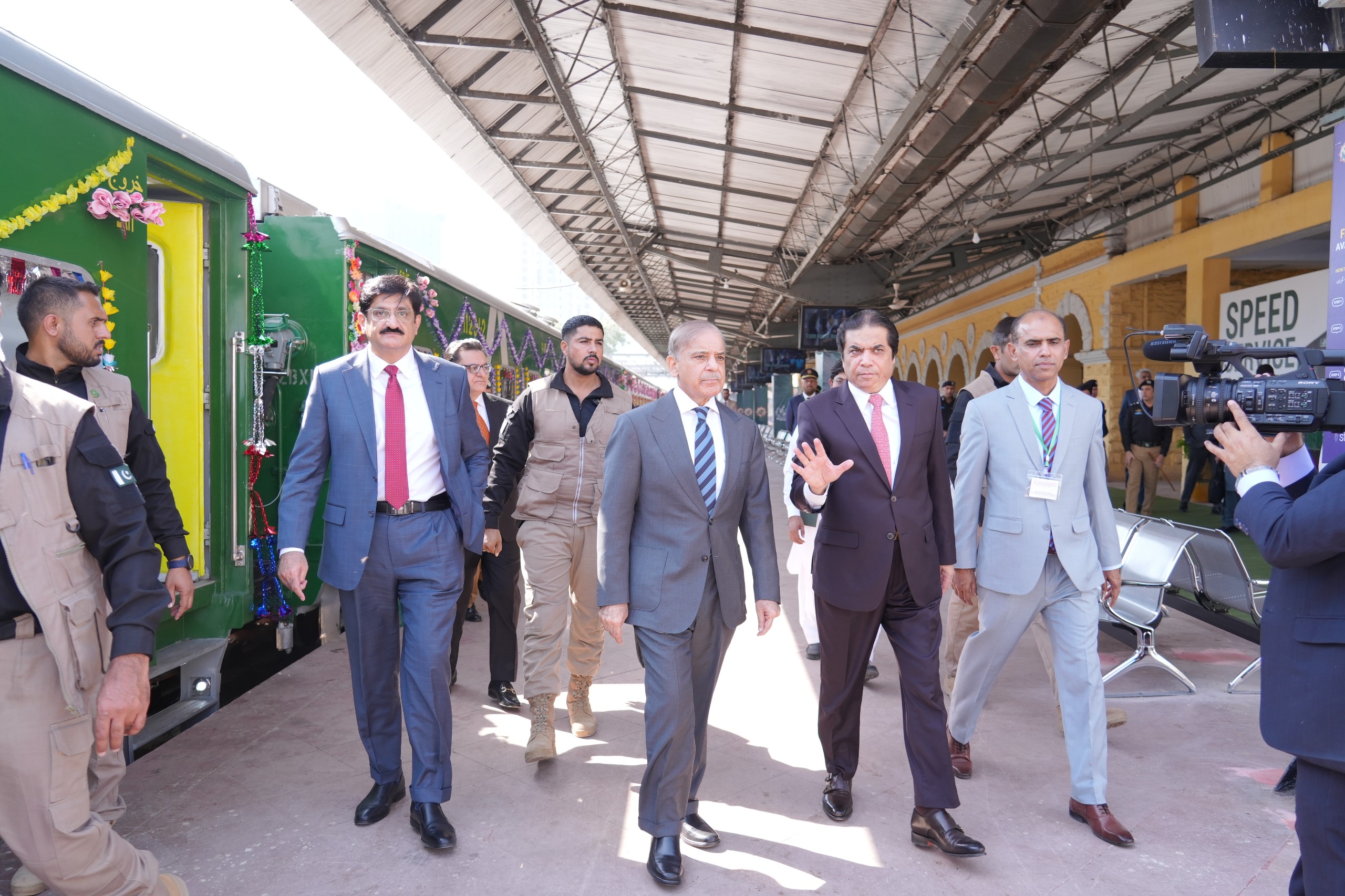In a meeting closely watched by the entire world, U.S. President Donald Trump and Chinese President Xi Jinping held a high-level summit in Busan, South Korea. The event brought a sense of cautious optimism as both leaders announced progress on some of the most contentious issues in their long-running trade dispute—tariffs, rare-earth exports, and agricultural trade.
This meeting marked the first in-person negotiation between the two leaders since Trump’s return to office, and its outcomes could reshape the global economic landscape, particularly in industries dependent on technology, manufacturing, and natural resources.
The Background of Economic Tensions
The U.S.–China trade conflict has been one of the most defining economic rivalries of the last decade. Since Trump’s renewed push to rebalance trade relations, the United States had imposed exceptionally high tariffs on Chinese imports—averaging around 57 percent—covering a wide range of products from electronics to raw materials. China retaliated with restrictions on critical exports, most notably rare-earth elements, which are essential to high-tech manufacturing, electric vehicles, and defense equipment.
This tit-for-tat dynamic created supply-chain disruptions, raised global production costs, and increased geopolitical uncertainty. The rare-earth restrictions in particular alarmed many countries, since Xi-led China dominates the global processing and refining capacity for these materials.
By late 2025, both economies were feeling the strain. Inflation in the Trump-led United States had climbed amid higher import prices, while China faced slowing exports and manufacturing downturns. The Busan meeting was therefore not just symbolic—it was necessary for both sides.
The Busan Meeting: A Step Toward Stability
After weeks of speculation and back-channel diplomacy, Trump and Xi met behind closed doors for a four-hour session that ended with what both sides described as a “constructive understanding.”
According to official briefings, five major outcomes emerged from the meeting:
-
Tariff Reduction:
The United States agreed to reduce overall tariffs on Chinese goods from 57 percent to 47 percent. This reduction applies primarily to consumer electronics, industrial components, and other non-strategic items. Trump emphasized that while tariffs will not vanish completely, they will be brought “down to a reasonable level” to encourage fair trade and lower inflation at home. -
Rare-Earth Agreement:
Xi-led China agreed to suspend planned export controls on rare-earth minerals for one year. This commitment ensures the continued supply of crucial raw materials to global industries, including American manufacturers of electric vehicles and renewable-energy equipment. Trump announced that “there is no roadblock on rare earths anymore,” calling it a major success of his administration’s negotiation strategy. -
Agricultural Purchases:
China, under the leadership of Xi, pledged to resume large-scale purchases of U.S. soybeans and agricultural commodities. This concession provides a significant boost to American farmers who had suffered during the years of trade turbulence. -
Diplomatic Exchange:
Both sides confirmed that President Trump will visit Beijing in early 2026, while President Xi has been invited to the United States later in the year. These reciprocal visits aim to deepen bilateral cooperation beyond trade. -
Framework for Future Talks:
A working-level mechanism will be established to monitor the implementation of the agreement and to prepare discussions on unresolved matters, including technology transfer and industrial subsidies.
Why This Matters Globally
The implications of this agreement extend far beyond the two countries involved.
-
For global markets, it signals potential stability after years of uncertainty. A reduction in tariffs means lower costs for consumers and manufacturers worldwide.
-
For industries reliant on rare-earth elements, such as semiconductors, defense, and renewable energy, the suspension of Chinese export limits offers breathing space to secure alternative supply chains.
-
For developing economies, including those in South Asia and Africa, the easing of trade tensions could restore demand for intermediate goods and raw materials.
-
For agriculture, renewed Chinese purchases may stabilize global grain and commodity prices, offering relief to exporters.
Overall, the Busan accord provides a temporary but meaningful sense of balance to a world economy shaken by protectionism and competition.
Unresolved Issues
Despite the upbeat tone of the announcements, analysts caution that the deal represents a truce, not a treaty. Several sensitive topics remain unresolved:
-
Technology and Chips: The question of advanced semiconductor exports remains open. The United States, led by Trump, continues to restrict Chinese access to high-end chips, especially those used in artificial intelligence and military technologies.
-
Taiwan: The issue of Taiwan was not discussed in the meeting. Both sides appeared to keep geopolitical flashpoints off the negotiation table, focusing solely on trade.
-
Intellectual Property: The United States insists that future agreements must include stronger protections for intellectual property, which has been a long-standing point of contention.
-
Duration of the Deal: The rare-earth agreement lasts only one year. If not renewed or expanded, supply uncertainties could resurface in 2026.
These gaps show that while the Busan meeting opened a new chapter, it did not close the book on rivalry.
Political Optics
Both leaders used the summit to reinforce their domestic political standing. President Trump presented the outcome as a validation of his tough-talk diplomacy, claiming he had “secured American industry while protecting global stability.” Meanwhile, Xi Jinping framed the agreement as a demonstration of Xi-led China’s responsible global leadership and willingness to engage constructively.
The optics also highlight the shifting balance of global influence. By meeting on neutral ground in South Korea—rather than Washington or Beijing—both leaders, Trump and Xi, signaled equality and mutual recognition. The optics of cordial handshakes and smiling photo opportunities suggested a deliberate effort to project calm and cooperation, even amid deep-rooted competition.
Economic Impact for Pakistan and the Region
For countries like Pakistan, the U.S.–China understanding carries indirect but important consequences.
-
Supply-Chain Relief: As global trade routes stabilize, Pakistan’s manufacturing and export sectors could benefit from lower costs of imported components and materials.
-
Investment Opportunities: A reduction in global tensions often leads to renewed investor confidence in emerging markets, potentially attracting capital inflows into South Asia.
-
Technology Transfer: If Trump and Xi resume cooperation in renewable energy and technology production, regional countries may find greater access to affordable tech solutions.
-
CPEC Synergies: A more balanced U.S.–China relationship could allow Pakistan to navigate its role within the China–Pakistan Economic Corridor (CPEC) more smoothly, avoiding pressure from either side.
Thus, while the Busan deal was bilateral, its ripple effects could be felt across developing economies that rely on global trade stability.
A Fragile Peace
Despite the optimism about the Trump–Xi meeting, experts remain cautious. Trade truces in the past have often collapsed under political pressure or misinterpretation of commitments. The Trump–Xi rivalry is not just about economics—it’s also about technological dominance, national security, and global influence.
Still, the fact that both leaders emerged from Busan declaring success is a positive signal. It demonstrates that pragmatic cooperation is still possible, even amid rivalry and ideological divergence. If both sides adhere to their commitments, 2026 could witness a revival of economic momentum not just for the United States and China, but for the global economy at large.
Conclusion
The Trump–Xi meeting of October 2025 represents a milestone moment in international trade diplomacy. While it does not erase years of hostility, it lays the foundation for renewed cooperation and economic predictability.
For businesses, investors, and governments, the key takeaway is clear: the world’s two largest economies are once again talking—and acting—toward a workable balance. The rare-earth breakthrough, tariff reduction, and agricultural commitments collectively offer a fragile but meaningful path forward.
As history has shown, such windows of calm in U.S.–China relations are rare. Whether this one lasts will depend on how sincerely both sides pursue the promises made in Busan.
Dr. Muhammad Arif is a senior researcher, and analyst focusing on international relations, economics, and geopolitical affairs. His writings explore the intersection of global trade, diplomacy, and technology, offering insights into how international developments impact Pakistan and the broader world.



